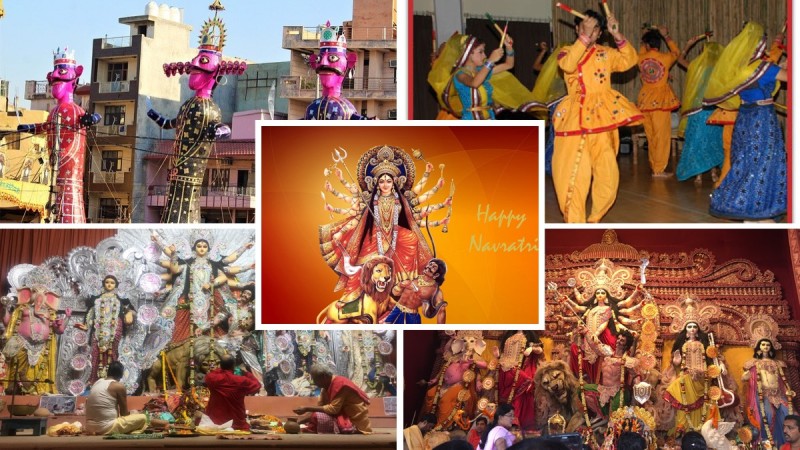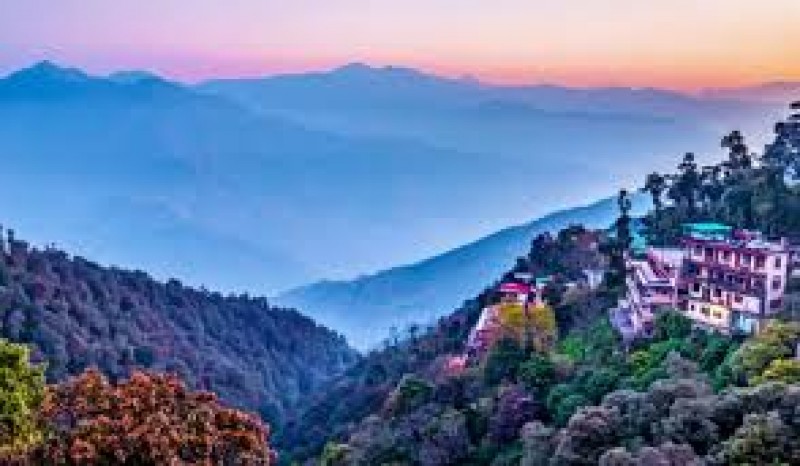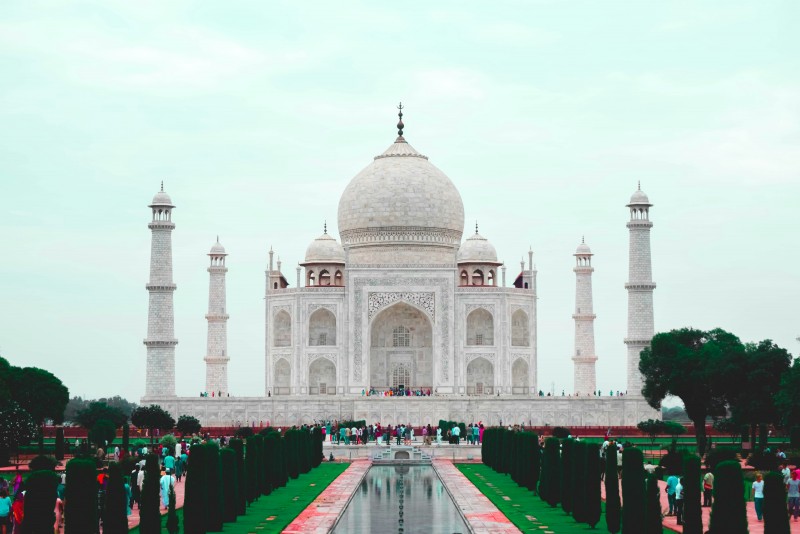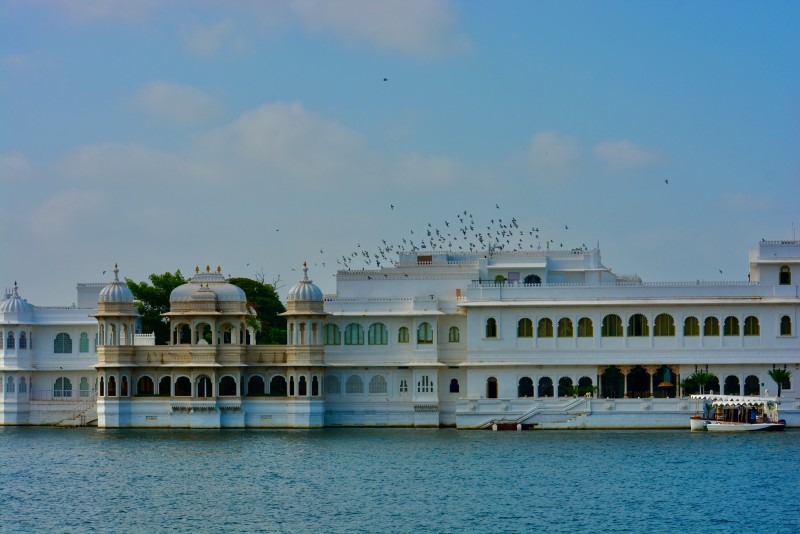
The holy pilgrimage circuit of Char Dham Yatra known as the most religious site in India completes its full circle and bring smile on millions of faces. Yamunotri, Gangotri, Kedarnath and Badrinath that is spread across the Great Himalayas. And, each of these temples has great religious importance as it is dedicated to different Hindu mythological gods. Char Dham Yatra is an annual pilgrimage taken up by thousands of devotees every year, seeking blessing and divine solace.
Char Dhams or Four Dhams of Uttarakhand:
1. Yamunotri (Dedicated to goddess Yamuna)
Location: The westernmost part of Garhwal Himalayas is close to the source of Yamuna River.
Importance: This is the home of Goddess Yamuna, who was a sister to Yama (the god of death). The Yamuna River is a holy river, and devotees believe that they can free themselves from the bonds of karma by taking a dip in these sacred waters.
Main Attractions:
Yamuna Temple: The temple was built by Maharani Guleria of Jaipur in the 19th century. It is situated at the base of Kalind Parvat.
Hot Springs (Surya Kund): Hot springs, where hundreds of pilgrims take a holy dip and some even boil rice in a cloth bag with a string at one end to offer to the deity.
2. Gangotri (Dedicated to the goddess Ganga)
Location: Located at the river bank of Bhagirathi River (source stream of Ganga)
Importance: This region of the Himalayas is related to the goddess Ganga, which is supposed to be a sacred River coming out of it. Mythology says that King Bhagirath of India did penance here to bring the Ganga from heaven down to earth and dissolve the sins of his ancestors.
Main Attractions:
Gangotri Temple: This 18th-century temple was built by Gorkha general Amar Singh Thapa near the source of the Ganges.
Gaumukh Glacier: 18 km from Gangotri is the source of the Ganga, called Gaumukh.
3. Kedarnath (Dedicated to Lord Shiva)
Location: Located 3,583 meters above in Rudraprayag district
Importance: As you all know Kedarnath is one of the twelve Jyotirlingas shrine of lord Shiva. According to a legend mentioned in the Mahabharata and the Harivansha Purana scriptures, it was founded by Pandavas who prayed to Shiva for salvation after having killed their kin during the Great Kurukshetra War (Mahabharata). This is also one of the Panch Kedar pilgrimages.
Main Attractions:
Kedarnath Temple: This temple is under the hustle-free shade of Kedarnath mountain (one in Garhwal Himalayas), where triangular shape Lingam- the idol symbolized as Shiva sits.
Bhairon Mandir: Close to temple about 500 meters walking distance its recommended to visit this temple as it is believed the Bhairon ji watch-outs Kedar valley while Kedar ji ( Main Temple) remain closed throughout winters.
4. Badrinath (Devoted to Lord Vishnu)
Location: Housed on the banks of Alaknanda River at 3,300 meters in Chamoli district.
Importance- Badrinath is one of the main Dham among four dhams and part of world famous chardham yatra in Uttarakhand, dedicated to lord Vishnu it is a most celebrated pilgrimage spot with so much value for Hindu religion. It is also one of the four great sites of the larger Char Dham pilgrimages, along with Dwarka, Rameshwar and Puri.
Main Attractions:
Badrinath Temple: This temple was established by the sage Adi Shankaracharya in the 8th century. Together with undying Lord Vishnu in meditation pose.
Tapt Kund: A natural thermal spring that lies beneath the temple on the banks of river Saraswati; before taking a dip in the various kunds within the Badrinath Temple pilgrims pay their tribute to this hot water spring by bathing in its water.
The Char Dham Yatra and Its Spiritual Importance:
The Char Dham Yatra is believed to wash away all sins of the soul and lead to moksha or salvation. The Shrines, of which there are four, are dedicated to certain deities representing various parts of life and spirituality. The pilgrimage is a demanding journey along the challenging trails of the Himalayas, which represents an imagination for an individual to discover his way towards spiritual essence and serenity.
Best Time to Visit:
The best season for Chardham yatra is April/May to October/November when the temples open after winter. The monsoon season (from July to august) can be dangerous because of landslides, so it is better to avoid travelling at rush time (heavy raining).
Char Dham Route:
Yamunotri → Gangotri → Kedarnath → Badrinath This is the traditional sequence, East to West.
Travel and Accommodation:
• Although the Yatra may be traversed mostly by road, trekking is necessary to access a few of the shrines (Yamunotri and Kedarnath, in particular).
• Special helicopter services are available for those who can not do intense trek, particularly For Kedarnath.
There are places where you can find accommodation and it includes the nearby towns of Uttarkashi, Gaurikund, or Joshimath etc.
Things to Keep in Mind:
1. Physical Fitness: Yatra is at higher altitudes, down climbs and long walks in the Yatra next phase.
2. Weather Conditions: The weather in the Himalayas is always unpredictable, even in summer temperatures can drop down to even minus on the high altitude regulatory.
3. Pack Clothing: Only choose to pack warm and weatherproof clothing, good footwear and all the basics.
4. Pilgrims must register biometrically with online registration or registration en route at the registration counters (this one to apply for permits/start the pilgrimage)
5. Medical Check up: People who have heart or respiratory problems should see a doctor before the trip, as there is risk to having high altitudes.
Conclusion:
Char Dham Yatra is mainly a pilgrimage journey that offers spiritual ecstasy at the same time it connected is to nature, divinity as well. In addition to its spiritual significance, the journey offers a chance to enjoy the scenic grandeur of the Himalayas, flowing rivers and dense forests, making it a circular voyage into both worlds of spirituality and nature.



